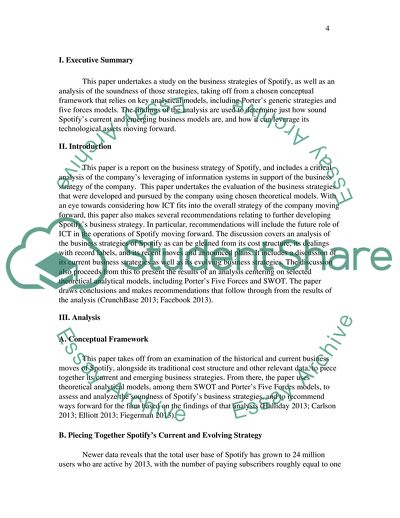Cite this document
(Analysis of Spotifys Business Strategy Case Study, n.d.)
Analysis of Spotifys Business Strategy Case Study. https://studentshare.org/marketing/1799140-analyse-spotifys-strategy
Analysis of Spotifys Business Strategy Case Study. https://studentshare.org/marketing/1799140-analyse-spotifys-strategy
(Analysis of Spotifys Business Strategy Case Study)
Analysis of Spotifys Business Strategy Case Study. https://studentshare.org/marketing/1799140-analyse-spotifys-strategy.
Analysis of Spotifys Business Strategy Case Study. https://studentshare.org/marketing/1799140-analyse-spotifys-strategy.
“Analysis of Spotifys Business Strategy Case Study”. https://studentshare.org/marketing/1799140-analyse-spotifys-strategy.


